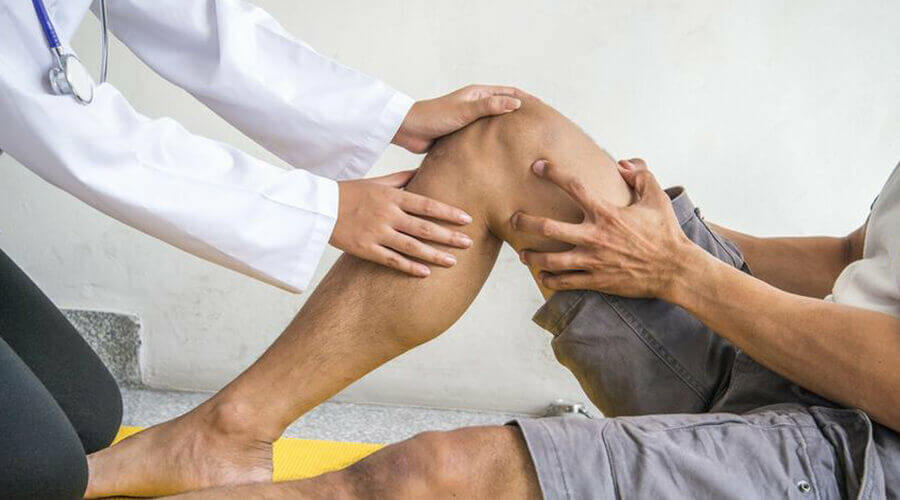
You should know that a bruise is usually harmless, but it is true that it is very painful. A bruise cream can be sold in this case.
In this case, the injury will swell and turn purple and will be very sensitive to the touch, so even a small bruise can be treated with cream.
Most often, bruises develop as a result of sports injuries or accidents, precisely because of collisions or falls. Most of the time, this injury occurs in small children, when children are more clumsy and often fall, but it is also common in old age, as the skin thins and can be caused by a minor blow. During the bruise, blood can leak into the tissues from the cracks in the capillaries under the skin, which is why it will be purple in color.
The aim of the treatment of the bruise is to reduce the swelling and bruising and to start the regeneration as soon as possible. The most common fall protection injuries are bruises to the hands, arms or palms. In these cases, of course, you want to heal as soon as possible, since you use your hands every day.
Creams recommended for bruises can be divided into 2 groups. There are also synthetic non-steroidal anti-inflammatory creams and traditional herbal preparations. Skin discoloration typical of bruises can be treated very well with a balm containing black evening primrose or horse chestnut. Due to their combined composition, herbal preparations reduce inflammation, stimulate circulation, cool the painful skin surface, care for the skin and, of course, relieve bruising. The best and most well-known herbs for bruises are horse chestnut, arnica, medicinal sorrel and black nightshade, but there are also lesser-known but effective herbs. In addition to synthetic anti-inflammatory and pain relievers, there are also natural substances. There are herbs that contain methyl salicylic, such as creeping hawthorn and violet. There are also herbs that increase local circulation, such as rosemary, lavender oil, and pine needle oil. These stimulate the microcirculation of the damaged area and thus it will heal much faster.
The best anti-inflammatory herbal agents and plants are:
– orange oil
– seeded oil
– chamomile
– aloe vera
– calendula
– thyme
– wintergreen oil
– sea buckthorn oil
Not only do they alleviate the inflammatory symptoms of the skin surface, but by penetrating the tissues, they help the bruise heal as soon as possible. Cooling creams containing menthol and camphor also soothe pain, reduce swelling and bruising. They cause a cooling sensation and thus exert their effect.
What is the best cream for bruises?
Of course, this would be difficult to determine, since we are different, so different creams can help us. If you are looking for the best one to treat bruises, you should choose the black nightshade.
Among all the herbs, black nightshade is the most recommended as it has an extremely strong anti-inflammatory and bone regenerating effect and helps tissue regeneration, it is also one of the best herbs for wound healing. It can also be used as an ointment for bruises. If you want to experience the extraordinary effects of the black comfrey, then try the HillVital black comfrey balm, because the content of the black comfrey is a great pain-relieving cream for bruises!
Bruise cream for children?
The black comfrey balm can also help with this. This is a great ointment for bruises as it has no side effects. The painful area should be massaged with a pea-sized amount three times a day. IMPORTANT! Do not apply to an open wound! Pregnant mothers are not allowed to use it!
What is the best way to bruise?
The best natural solutions for treating bruises include cold therapy, rest, and compression stockings. Cold therapy helps reduce swelling and pain, while rest helps prevent further injury. Wrapping helps reduce swelling, while compression stockings help maintain blood flow to the injured area.
What poultice is best for bruises?
The best poultice to treat bruises is the aforementioned cold therapy, which helps reduce swelling and pain. Cold therapy is most often performed with a compress made of ice or cold water. The compress should be applied for at least 20 minutes and the compress should be changed at least every 2-3 hours. If the compress is done with ice, a towel should be placed on the skin to avoid ice burns.
It is also important not to use a warm compress when the affected area is swollen, as this can increase blood flow to the injured area, which increases the swelling.


